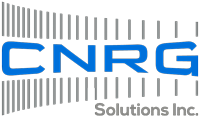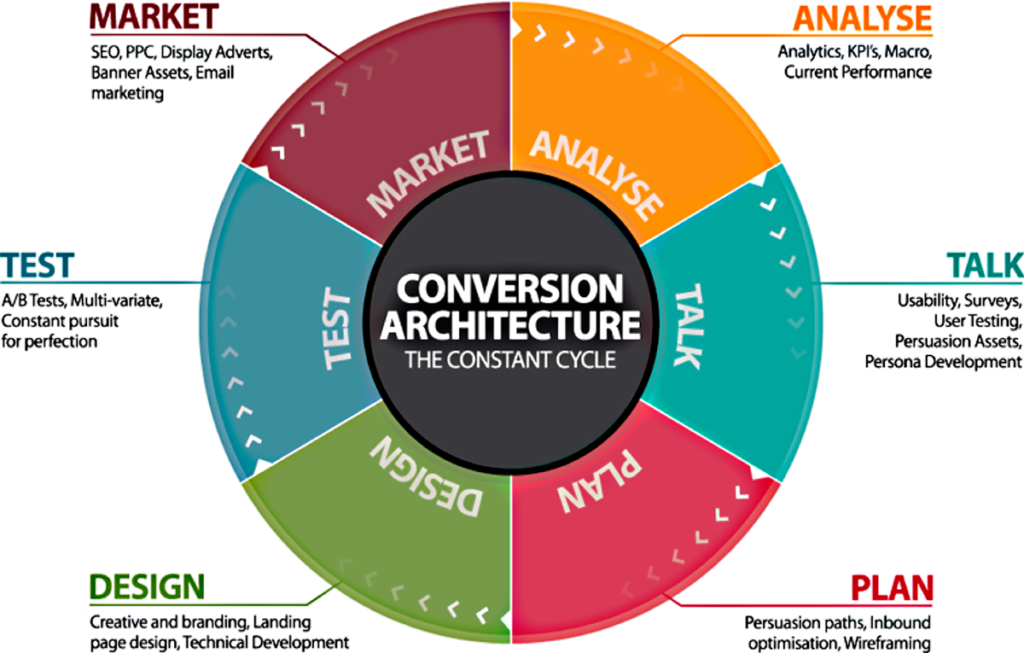Conversion Rate Optimization Is…
- A structured and systematic approach to improving the performance of your website
- Informed by insights—specifically, analytics and user feedback
- Defined by your website’s unique objectives and needs (KPIs / Key Performance Indicators)
- Taking the traffic you already have and making the most of it
Conversion Rate Optimization Is Not…
- Based on guesses, hunches, or what everyone else is doing
- Driven by the highest paid person’s opinion
- About getting as many users as possible, regardless of quality or engagement
Online conversion rate optimization (or website optimization) was born out of the need of e-commerce marketers to improve their website’s performance in the aftermath of the dot-com bubble. As competition grew on the web during the early 2000s, website analysis tools started appearing and an awareness of website usability rose. This prompted internet marketers to become more measurable with their marketing tactics and focus on improving the website’s user experience. In 2004, new tools were introduced which enabled internet marketers to experiment with website design and content variations to determine which layouts, copy text, offers and images would perform best. This gained more traction in 2007 with the introduction of the free Google Website Optimizer. A research study conducted among internet marketers in 2014 showed that 59% of respondents thought that CRO was “crucial to their overall digital marketing strategy”.
Conversion rate optimization seeks to increase the percentage of website visitors that take a specific action (often submitting a web form, making a purchase, signing up for a trial, etc.) by methodically testing alternate versions of a page or process. In doing so, businesses are able to generate more leads or sales without investing more money on website traffic, hence increasing their marketing return on investment and overall profitability.
A conversion rate is defined as the percentage of visitors who complete a goal, as set by the site owner. Some test methods, such as split testing or A/B testing, enable one to monitor which headlines, copy, images, social proof elements and content help one convert more visitors into customers.
Why should you care?
You should care about CRO for a few reasons. First, you are most likely paying for traffic to your site in one way or another, and a high conversion rate means a better return on that investment (ROI). It’s also much more cost-effective to convert a higher percentage of the visitors you already have than to attract more visitors. In addition to improving your ROI, optimization helps to defend against the limited attention span of your average visitor by giving them what they want before they tire of looking for it and move on.
CRO is important!
- Higher conversion rate = better ROI
- More cost effective than finding more visitors
- Defends against limited patience of visitors
It’s important to understand, however, that optimization is about getting more of the right kind of customers—not just blindly optimizing the conversion rate of a given page or campaign. It won’t do you any good if the people you’re acquiring are the wrong fit for your business. It’s important to keep the focus on optimizing to find more customers who will love your product and help you grow by spreading the word. Everything else is a waste of your time and resources.







